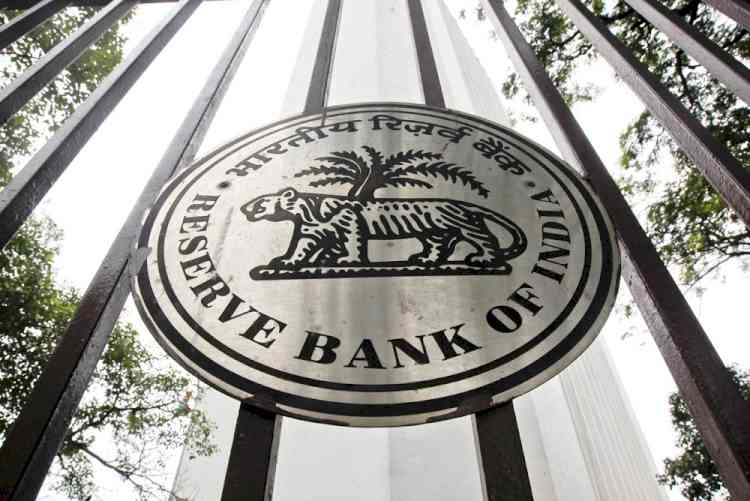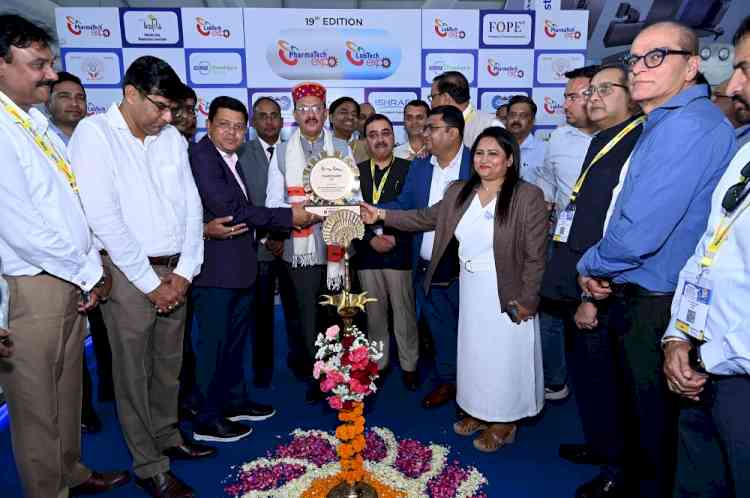RBI names minority-dominated regions for banks' priority lending schemes
In a significant move, the Reserve Bank of India (RBI) has released a list of states, Union Territories and districts dominated by different minority communities for extending priority lending schemes implemented by scheduled commercial banks in the country.

Quaid Najmi
Mumbai, Aug 3 (IANS) In a significant move, the Reserve Bank of India (RBI) has released a list of states, Union Territories and districts dominated by different minority communities for extending priority lending schemes implemented by scheduled commercial banks in the country.
Presently, the Union Minority Affairs Ministry has classified Sikhs, Muslim, Christians, Zoroastrians, Buddhists, and Jains as "minority communities".
The RBI has listed 121 districts where the minority population component is at least 25 per cent, plus the states of Punjab, Meghalaya, Mizoram, Nagaland, and the Union Territories of Jammu & Kashmir, Ladakh, and Lakshadweep.
As per the latest RBI Master Circular, dated August 2, partnership firms where the majority of the partners belong to any one or more of the specified minority communities, then advances can be granted to them and shall be treated as "advances granted to minority communities".
Similarly, if the majority beneficial ownership in a partnership firm belongs to the minority community, it will be classified as advances to that specific community.
However, since a company is "a separate legal entity", the loans given to it cannot be classified as advances to the specified minority communities, from the current fiscal, 2022-2023.
The Bharatiya Janata Party-led NDA government is desirous of special monitoring of credit flow to these minority-dominated districts, UTs and states, and ensure these under-represented categories "get a fair and equitable share of the credit within the overall target of the priority sector".
Welcoming the government's move, the Nagpur-headquartered Council for Protection of Rights (CPR) President, barrister Vinod Tiwari said that this will prevent big companies run by certain minorities like Jains from cornering a big chunk of the priority sector lending extended by banks.
"Now, the government and RBI should disclose the actual data of which minorities have benefitted and to what extent under this policy from 2014, when the Jains were also declared as a 'minority community' for the first time in India," he demanded.
Lauding the initiative, prominent stock markets consultant Rajesh Shah from Mumbai said with the "big fish" moving out, the genuinely deserving minorities will get bank loans easily.
"Several companies, particularly Jains in the realty sector have picked up huge loans, many have even defaulted, but now with the new directives, such persons will not be entitled to loans due to their 'minority' status alone," he said.
Pune-based Muslim Chamber of Commerce & Industries (MCCI) President Nisar Sagar said he would study the new directives properly before commenting.
"Nevertheless, I can confidently say that Muslims have not been discriminated against on this count... Depending upon their business plans and collaterals, and if they fulfil other criteria, they are extended business loans as needed," Sagar told IANS.
Nationalist Congress Party Minority Cell President Mohammad Khan-Pathan said while government schemes are available, the awareness is very low, especially among the Muslims, owing to lack of education and guidance, thus they remain deprived of these benefits always.
Tiwari said considering the new rules, "what will be the fate of those borderline districts where the minority population falls short by one or two percent", and why a prominent minority community like Sindhis have been excluded from this "inclusivity" scheme.
"To make complete sense, the government and RBI must publish details of how many people from different minorities have been the real beneficiaries of this scheme, and whether its proportionate to their population or not," he urged.
The RBI list of 121 districts where the minorities are minimum 25 percent is led by Uttar Pradesh with 21 districts, Kerala (14), Assam (13), West Bengal (12), Maharashtra (9), Arunachal Pradesh and Bihar (7 each), Manipur (6), Jharkhand and Sikkim (4 each), Karnataka (3), Delhi, Haryana, Himachal Pradesh, Mizoram, Uttarakhand, UT of Andaman & Nicobar Isles (2 each), Telangana, Madhya Pradesh, Goa, Tamil Nadu, Odisha, Puducherry, Rajasthan, Meghalaya and UT of Ladakh (1 each).
(Quaid Najmi can be contacted at [email protected])


 IANS
IANS 








